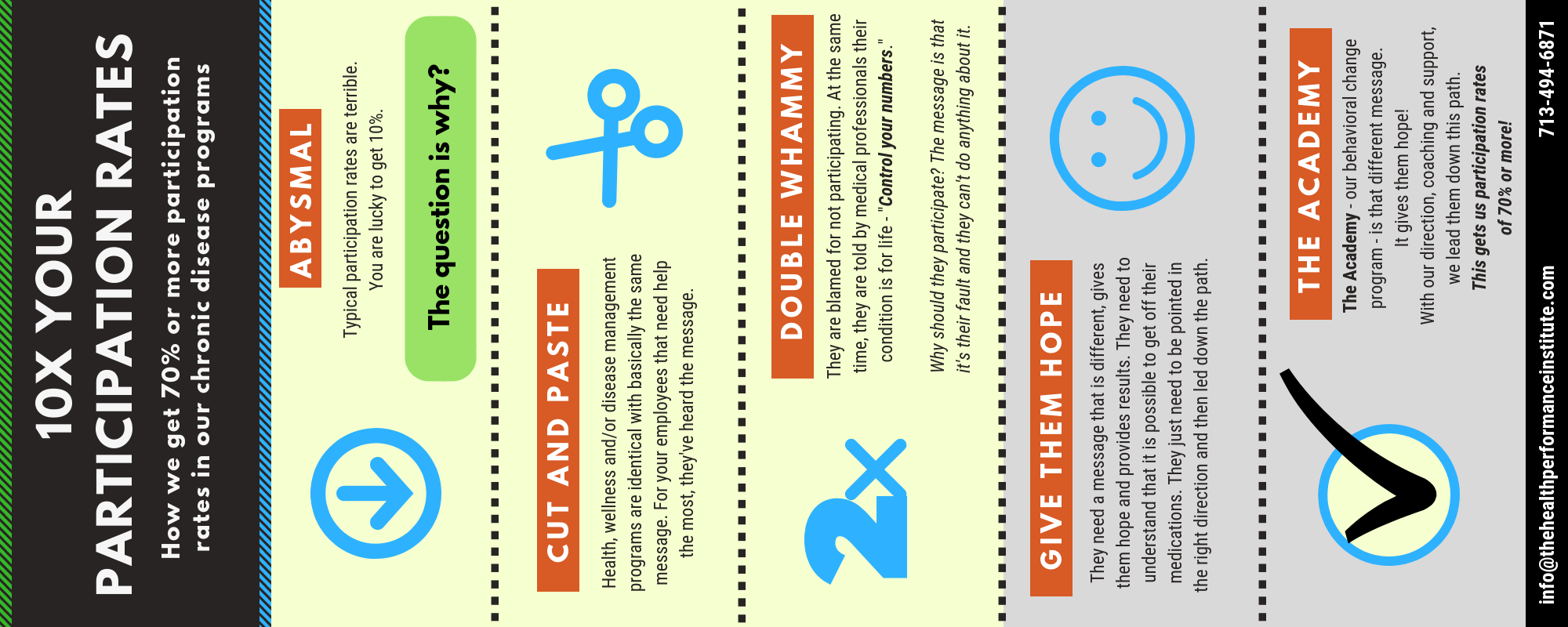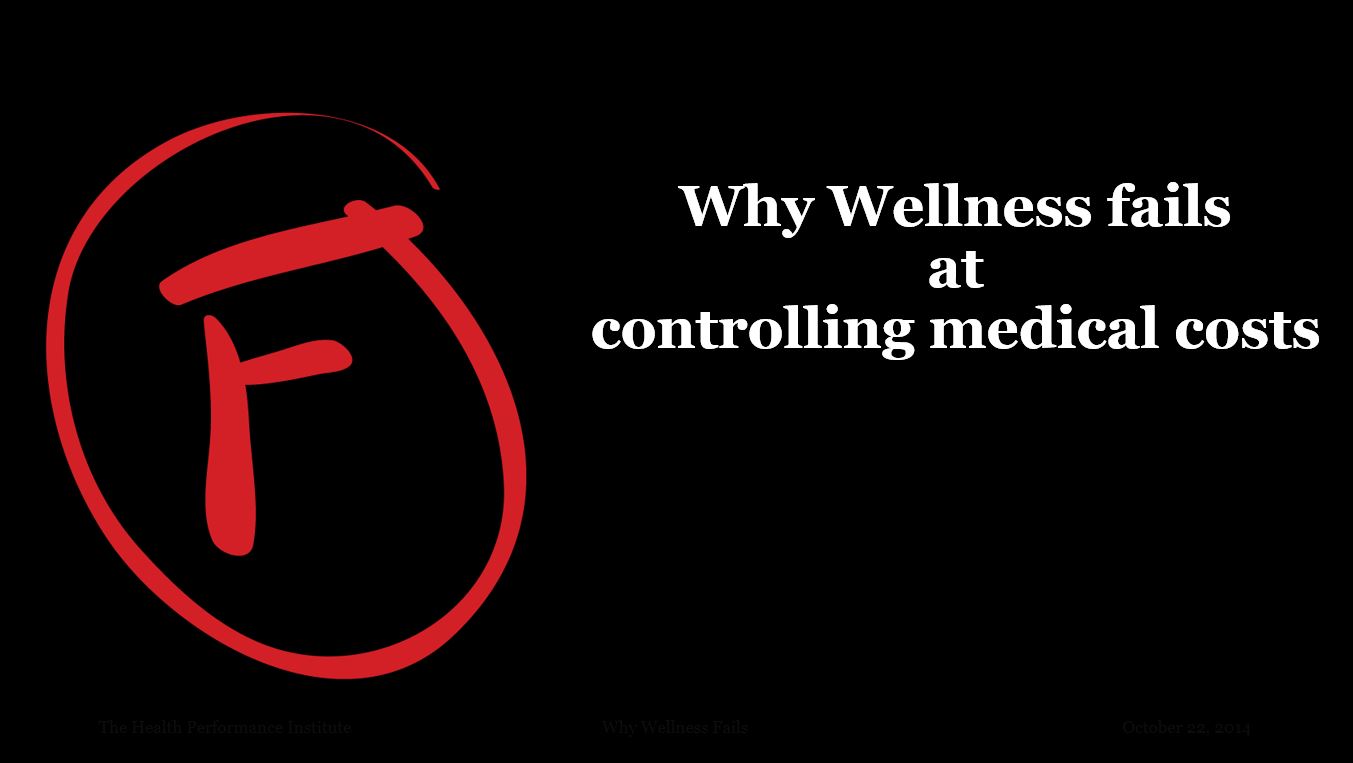Note: Cross-posted from Briansekula.com.
The scientific literature has well-established the association between a lack of sleep and health-related issues. Basically, sleep deprivation is associated with every chronic condition on the planet. While the scientific community has known about this for some time, it is starting to receive some much-needed media attention.
Between people with a platform (Dr. Oz, Ariana Huffington, etc… – regardless of what you think of them), gadgets that track sleep quality, and sleep aids – supplements, sounds, etc…, it is rare that a few days pass without a news story talking about sleep and its impact on health. This is good news because it certainly wasn’t that way five years ago.
Saying all of this, I think it is imperative that companies start addressing sleep with their employees, because things that are detrimental to employees are ultimately detrimental to the company. While federal and state regulations address issues within segments of the working population (drivers and pilots, for example), this is a small percentage of the working population. Data from the American Trucking Association show there are just under 7 million adults with a CDL. And for the record, I’m not advocating regulations on workers. I’m advocating a greater corporate focus.
I’m advocating this because research suggests it should be addressed. And since most of us spend the majority of our waking hours at work, the corporate world is an excellent avenue.
This article is in two main parts: 1) A discussion of the reasons why your company should implement a sleep strategy; and, 2) An outline of a strategy that you can use.
After all, the light is seductive. The longer we stay awake, the more we learn. That’s why Americans are the brightest as well as the sickest people in the world.
Wiley and Fomby, Lights out, Sleep, Sugar and Survival, pg 105.
Why you should implement a sleep strategy
We will start with some statistics, courtesy of the Institute of Medicine.
Sleep deprivation costs the average company $50 per month, per employee. In 2006, the total direct and indirect costs were $130B. When you correct for the number of working adults and then correct for 12 months in a year, this is the figure you get. Think about that figure for a minute and then consider it was published in 2006. A decade later, it’s probably higher.
Further, data from the MMWR indicate:
- 46% of adults suffer from sleep-deprivation at any given time
- 38% of adults reported they had unintentionally fallen asleep at least once within the previous two weeks
- 6% of adults reported they have accidentally fallen asleep while driving at least once during the previous two weeks
Is it any wonder why rush hour traffic is such a nightmare? Between these statistics and the volume of people getting on the roadways at the same time, it might be surprising there aren’t more accidents!
A negative impact on health
The research is clear and consistent. I’m not going to go through and list all of the chronic conditions, diseases and/or disorders associated with a lack of sleep. The list is too long.
But I can illustrate it for you. Take all of your employees and put them into one of three groups: low, medium or high healthcare costs – the costs to your company. Track them over time – three to five years should be sufficient. You will see two things: 1) The risk for chronic conditions increases across categories; and, 2) The association between sleep and these categories becomes stronger. This means that sleep becomes more important as health conditions get worse.
Now the question may be: Is this a chicken or egg thing – the “correlation is not causation” line of thinking. While unearthing the cause of this association is important from a research and scientific perspective, it shouldn’t matter to you – at least not in this case. The association between sleep and health is strong. And whether a lack of sleep causes worsening health or vice-versa, improving sleep in your employees will improve their health and have a positive impact on your company.
In our experience, the overwhelming majority of sleep quality issues arise because people have bad sleep habits. Addressing these habits within your employee population will result in happier and healthier employees. This will also allow you to identify and help those needing medical attention for a sleep disorder – obstructive sleep apnea, for example.
In summary, why you should implement a sleep strategy within your organization is as simple as basic math. Multiply the number of employees you have by $50 then multiply that by 12. This will give you an estimate of the financial impact sleep is having on your company. Is that a significant dollar figure? Probably so!
How to implement your Strategy
It starts at the top.
There needs to be a strategy and consistent message from the executive suite, through all departments all the way down to employees farthest from the CEO. This is important for every organization, from the mom and pop shop to those with thousands of employees.
Identifying your strategy
The message to your employees must be effective, so it needs to have at least two qualities: 1) It must work; and, 2) It must be something they are willing to do (translation – easy to implement). On the surface this probably makes sense and may even sound easy but don’t let that fool you. If both of these aren’t met, you are wasting your time.
Regarding the first, and including the corporate strategy, there needs to be clear understanding that “burning the candle at both ends” is not expected of your employees – even your best employees. Occasionally, when under a deadline this is acceptable but it cannot be the norm. Your strategy also needs to address this and the bad habits referred to above with clear and easily understood action items.
Anecdotally, I feel there are more and more references to employers offering “nap time” as a benefit. This is a bad idea from a scientific perspective. A frequent need for naps indicates a chronic lack of sleep. Providing “nap time” as a benefit only encourages bad behavior.
Regarding bad habits, most are unaware of the process our body goes through in preparing to sleep. As the sun sets and we transition to night (light to dark), our body prepares us to fall asleep. The problem is, most of us do things that interrupt this process – keeping it from working like it should. This starts a night of what should be restorative sleep behind the curve – always trying to catch up, then the alarm goes off. Whatever strategy you select, it must address this issue and educate your employees on what they should be doing.
Finally, and importantly, your strategy must address these issues so your employees can easily follow the recommendations. If it is too hard to use or understand, no one will use it, which wastes the time you’ve invested.
Communicating Your Strategy
Whatever works best for your organization should be the strategy you use, but it must be clear this comes from the top. Not all employees know the CFO but all employees know the CEO. The message should come from him or her.
From there, it is about consistency. You can’t just say it once and hope things change. You need to figure out the frequency and different modes to get the message to your employees. Email should be part of the strategy. Your newsletter should be part of it too. Get creative – print posters and place them throughout the office – near the elevator or stairs, in the hallways, in the breakroom, etc.
In an ideal situation, you can determine a way to give scores, create groups and then have competitions. You can even display the group scores, so everyone knows where their group stands. It’s human nature to want to win and this will increase engagement.
A final part of your communication strategy, especially if you are able to create a competition, is to check in with your employees frequently. Get their feedback. Ask them if it works or if they like it. If the reviews are negative, make changes. This shows you take their feedback seriously, which will also increase engagement.
In the end, well-rested employees are happy and healthy employees. This may be difficult to measure but easy to feel as you walk around.
All of this can be achieved and should be something you strive to do.
Get a copy of our Sleep Tips
On a final note, sleep is one of the main topics in The Academy. You can have our Sleep Tips sheet. It is high-res and pdf, so you can print large copies for placement around your workplace. It addresses five of the most frequent bad habits we have seen in our years of implementing The Academy.
To get your copy, fill out the form below and we’ll send it to you immediately.




